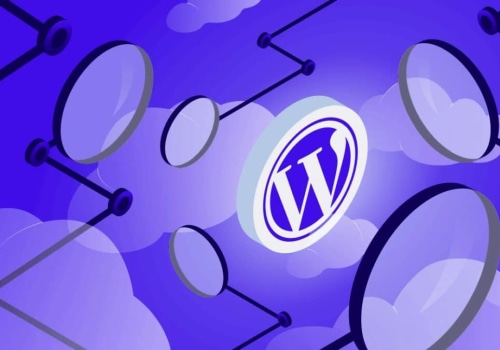WordPress is considered the best CMS for search engine optimization, as it makes it easy to structure, manage and publish content in an SEO friendly way. Writing high-quality content for your WordPress site starts with your unique ideas or your distinctive vision of a particular theme, but it also means presenting these ideas in a well-structured and accessible way. This will help you attract the audience you're looking for and keep them engaged. WordPress comes with several built-in search optimization tools, including the ability to use .htaccess to create seemingly static URLs called permalinks, blogrolling and ping.
There are also a number of third-party plugins and hacks that can be used for search engine optimization (SEO).The following guide provides you with 12 ways you can dramatically improve the SEO of your WordPress website, increase your organic traffic, and increase your authority on search engines so you can get more visitors and customers. Most WordPress themes, if coded correctly, will automatically assign the title of your page or post as an H1 header. You can then configure other headers (H2, H3, H4, etc.) to give structure to your content and make it easier to read. If your H1 is the title of the book, the H2s are chapters, with subsequent tags that act as subtitles.
Page headers are a great place to include your main keyword and page variants, but don't overdo it and never force a keyword into a place that doesn't fit naturally. When it comes to the images you include in your posts, you can also consider enabling the use of large images for Google Discover. Statistics show that this increases CTR, duration of page views and user satisfaction. You'll need to sign up for the Google program using this form to use large images. Adding additional languages to your site can be a game-changer for WordPress traffic and SEO. Neil Patel experimented with this and saw a 47 percent increase in traffic after translating his site into 82 languages. You can view these settings in your WordPress editor, listed as Title 1, Title 2, etc.
In addition to creating the default URL of your page, the title of the page also defines your H1 header. Aren't you familiar with what this is? The H1 header on a page is intended as a way to give context about what your page is about to both users and search engines. Think about it just like the title of a book. WordPress recommends using W3 Total Cache, WP Super Cache or Cache Enabler. Fortunately, since Yoast 11.0, a complete structured data graph is created for each post or page on your site, but there are cases where you'll want to mark specific blocks within WordPress.
You can do this by creating a new block by choosing a “Yoast Structured Data Block”, which you can read more about here. There are also several WordPress plugins that can also help you add meta tags and keyword descriptions to your site, which are found in the Official WordPress Plugin Directory. This strategy is optional, but indexing categories on Google can increase the relevance of your content to increase the ranking of your page, increase your traffic and improve the WordPress SEO. Once you've implemented the basics of WordPress SEO, you're ready to start optimizing your site and working on things that will make a real difference to your ranking. You can find more information about Google Sitemap submissions from Google and the discussion on the WordPress forum about WordPress and Google sitemaps. Site speed has a direct impact on the SEO performance of your WordPress site, and both poor uptime and security vulnerabilities can lead to site quality issues. But WordPress helps you deal with many of the SEO basics that help your site rank, and what you'll find below are tips and tricks that help you implement tactics that drive growth specifically on the platform. Your permalink settings define the format that your page and post URLs will take, which can significantly impact WordPress SEO.
WordPress alone doesn't replace a solid SEO strategy, and while there's no denying that the CMS saves you time and helps you follow inexperienced best practices, you should understand that you should strive to position your website on Google. WordPress can be an excellent content management system for SEO when it is properly configured and optimized for search. Ask for help if you're not sure what you're doing, especially if you're a beginner working on your WordPress SEO. Therefore, one of the most important things you can do to improve the performance and security of your site and therefore the SEO of WordPress is to upgrade your hosting environment to a modern version of PHP. By default they are not included in WordPress but you can include them manually and the article on Meta Tags in WordPress guides you through the process of adding meta tags to your WordPress site. The best way to know how well WordPress SEO works is to create a free account with Google Analytics. Although WordPress sometimes redirects users to the new location (the Yoast SEO Premium redirect manager takes care of this automatically and reliably), changing URLs can affect performance.











